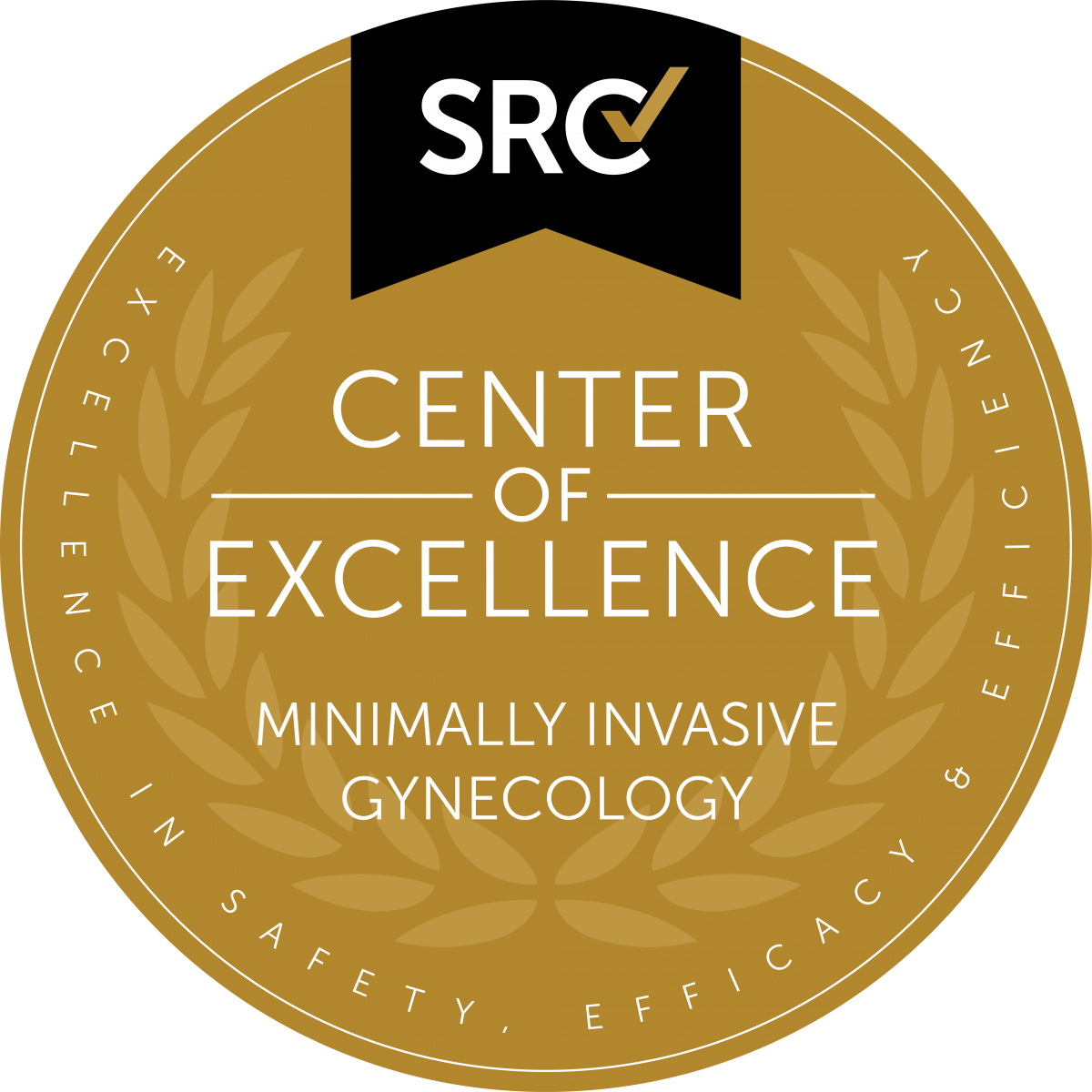Treatments for Endometriosis and Uterine Fibroids
Virtual Visits Available
Virtual Health enables you to speak with providers using your phone, tablet or computer. Call 888-4GW-DOCS to schedule a virtual appointment.
A woman’s life is marked by profound physiological changes from puberty to menopause. From time to time, these changes require expertise beyond routine gynecologic care. At GW Hospital, gynecologic specialists pursue a team-based approach to care — coordinating with specialists from urology, fertility and colorectal surgery to ensure patient concerns are heard, understood, and treated appropriately.
When surgery is recommended, we use a minimally invasive approach that commonly results in reduced pain, speedier recovery, and briefer hospital stays — when hospitalization is warranted at all. A majority of our patients are treated by laparoscopy or hysteroscopy.
Schedule an Appointment
Please fill out our general appointment form below or call our referral service at 888-4GW-DOCS.
Center of Excellence in Minimally Invasive Gynecology
 GW Hospital has been named a Center of Excellence in Minimally Invasive Gynecology for the seventh consecutive year. It is one of only 65 hospitals (1 percent) in the U.S. to hold this designation.
GW Hospital has been named a Center of Excellence in Minimally Invasive Gynecology for the seventh consecutive year. It is one of only 65 hospitals (1 percent) in the U.S. to hold this designation.
Why Minimally Invasive Surgery?
Minimally invasive surgical techniques enable surgeons to operate through small incisions or existing body openings, rather than the large incisions that accompany traditional open surgery. This can result in less scarring, a quicker recovery and less pain.
Additionally, robotic surgery offers maximum precision, 3D rotation and 3D magnification that can enable surgeons to maneuver into the confined spaces of the body. Using specialized instruments, this technology can provide a greater range of motion and precision to treat patients.
All robotic surgery procedures are minimally invasive, but not all minimally invasive procedures are performed robotically. Depending on your condition and the type of procedure you need, you may have options regarding the surgery technique. Talk to your physician to discuss what options are right for you.
Robotic Surgery for Endometriosis
Endometriosis can be a painful condition that affects women during their childbearing years and results in the uterine lining, or endometrium, growing outside of the uterus. The tissue continues to respond to a woman's regular hormonal cycle by building up and breaking down with each menstrual cycle. But because there is no place for the uterine lining to go when it breaks down, the result can be inflammation and scar tissue around the affected areas. The scar tissue may result in blockages in the pelvic area and organs, infertility or difficulty becoming pregnant.
Endometriosis treatment consists of a variety of methods, including hormone therapy and surgeries. Surgery is used to remove uterine lining growing outside the uterus in hopes of restoring fertility. In more serious cases, endometriosis treatment requires the uterus to be removed with a hysterectomy procedure.
The da Vinci Surgical System® is a robotic tool that can be helpful in surgery for endometriosis. A minimally invasive procedure, robotic-assisted surgery for endometriosis is promising for women who want to preserve their uterus and have children in the future.
Since the da Vinci robot offers improved magnification and viewing of the surgical site and greater precision, surgeons are able to make small, precise incisions to remove the tissue and preserve the uterus. With robotic-assisted surgery, women typically experience fewer complications, less pain, shorter hospital stays and quicker recoveries.
Learn More about da Vinci Surgical System
Robotic Hysterectomy
Hysterectomy is a surgical procedure that removes a woman's uterus. It is the second most common surgical procedure (after cesarean section) for U.S. women who are of reproductive age. According to the Centers for Disease Control and Prevention, approximately 11 percent of women between the ages of 40-44 had a hysterectomy.
There are a number of reasons why your doctor may recommend a hysterectomy, including cancer, fibroids, endometriosis when other treatments have not helped, chronic pelvic pain or abnormal vaginal bleeding.
Hysterectomies can be done through traditional abdominal surgery, through laparoscopic surgery or robotically with the da Vinci Surgical System. The majority of gynecologic conditions that can lead to hysterectomy can now be treated effectively without a big incision. With the da Vinci Surgical System, a hysterectomy requires only a few small incisions.
Learn More about Robotic Hysterectomy
Robotic Myomectomy
Uterine fibroids are the most common benign tumors in women of childbearing age. Those with uterine fibroids may experience excessive menstrual bleeding, pelvic pain and infertility. If your doctor recommends surgical treatment for your fibroids, you may want to ask about a robotic Myomectomy procedure. Using the da Vinci Surgical System, surgeons can remove fibroids while preserving their patient's uterus. After removing each fibroid, surgeons carefully repair the uterus to minimize potential bleeding, infection and scarring. Robotic myomectomy may be more time consuming for the surgeon, but there may be many benefits for patients such as shorter hospital stays and quicker recoveries.
Learn More about Robotic Myomectomy
The GW Fibroid and Menstrual Disorder Center offers both diagnosis and treatment of fibroids including minimally invasive and robotic surgery.
